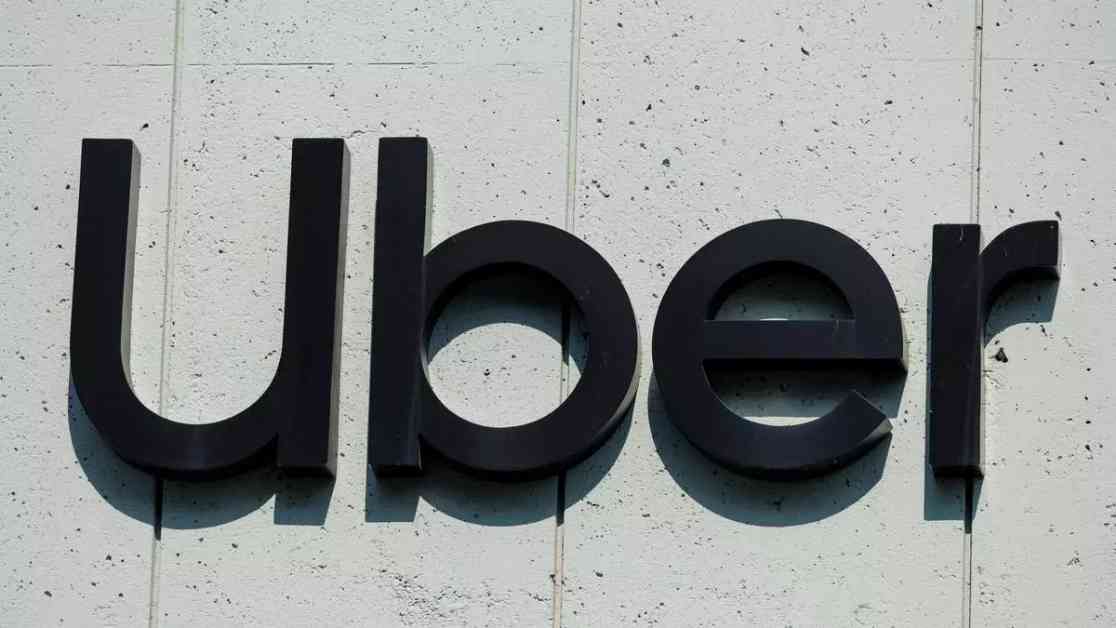Uber is shaking up the same-day delivery service scene with the launch of Courier XL, a new feature that promises an expanded logistics experience. In a bid to compete with industry players like Porter, the ride-hailing platform is venturing into the four-wheeler and three-wheeler logistics segment, offering customers a convenient way to send packages across the city.
According to an Uber spokesperson, Courier is designed to streamline the delivery process, making it easier for customers to dispatch packages with efficiency. With the introduction of Courier XL, users can now send larger items within the city limits. The company is currently in the testing phase, fine-tuning the service to provide a more seamless and cost-effective delivery solution.
In response to mounting competition from local rivals such as Rapido and Namma Yatri, Uber has also introduced a software-as-a-service (SaaS)-based zero commission model for auto drivers across India. This approach marks a departure from the conventional commission-based revenue model, where platforms take a cut of the fare for every ride. Instead of charging drivers a commission, Uber will implement a daily fee structure for using the platform and connecting with passengers.
The ride-hailing giant initially trialed a subscription-based plan for auto rickshaw drivers on its platform last April, signaling a shift in its operational strategy. By exploring alternative revenue models, Uber aims to stay ahead in the competitive landscape, adapting to the evolving needs of both drivers and customers in the logistics sector.
Testing the Waters with Courier XL
With the introduction of Courier XL, Uber is venturing into uncharted territory, catering to the demand for efficient and reliable same-day delivery services. This move not only expands the company’s service offerings but also positions it as a key player in the competitive logistics market. By allowing customers to send larger packages within the city, Uber is addressing a crucial gap in the delivery sector, providing a solution for those in need of swift and secure package transportation.
Expert Insights: “Uber’s foray into the same-day delivery space with Courier XL showcases the company’s commitment to innovation and customer-centric solutions. By leveraging their existing platform and technology, Uber is well-positioned to disrupt the traditional logistics model and offer a more efficient delivery service,” says logistics expert Dr. Emily Parker.
Redefining Revenue Models for Auto Drivers
In a bold strategic move, Uber has revamped its revenue model for auto drivers, shifting from a commission-based structure to a software-as-a-service (SaaS) approach. By eliminating commissions and introducing a daily fee system, the company aims to empower drivers with a predictable income stream while streamlining the platform’s operations. This innovative model not only benefits drivers but also enhances the overall user experience, ensuring a more sustainable and equitable ecosystem for all stakeholders.
Industry Impact: The introduction of the zero commission model by Uber signifies a significant shift in the ride-hailing industry, setting a new standard for driver compensation and platform sustainability. As other players in the market observe this development, we may see a ripple effect across the sector, prompting a reevaluation of existing revenue models and operational practices.
By embracing innovation and adapting to changing market dynamics, Uber continues to redefine the logistics landscape, offering customers and drivers alike a more efficient and reliable service experience. As the company rolls out Courier XL and implements the zero commission model, it sets the stage for a new era of transportation and delivery solutions, shaping the future of urban mobility and logistics in the digital age.























